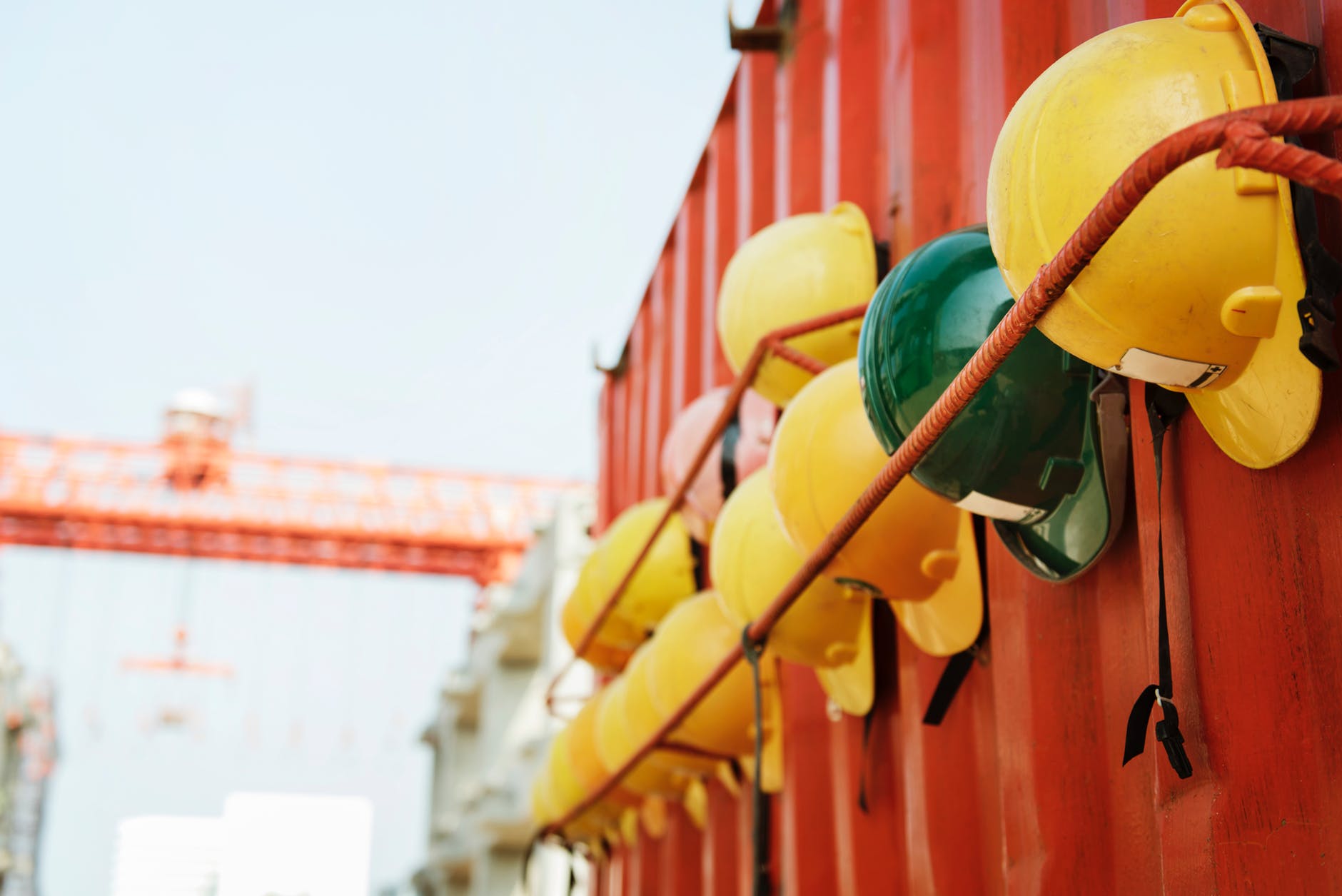The work on your job site doesn’t stop when the weather gets cold. It’s important to know what steps to take to keep your construction workers warm and safe. Here are 5 ways to keep the job going forward safely in the middle of winter.
Inspect Sites
This is especially important after a storm strikes. Check your construction sites for downed power lines and trees before allowing workers to begin work. Clear all snow, ice, and debris from walking and working surfaces. Be sure to stress the importance of fall safety protection to workers when icy or windy conditions exist. If there are icy areas that can’t be cleared right away, make sure they are clearly marked. It’s also a good idea to remind your crew to slow down a bit and take shorter steps when walking.
Keep an Eye on the Skies
During winter conditions, weather apps are your best friend. The last thing you want is to have a construction site full of workers stranded because a storm blew in without you knowing. Set alerts and check conditions often. If something is coming your way, be sure to give your workers adequate time to secure the construction site and get home safely before severe weather strikes.
In very cold or wet conditions, have your workers watch each other for signs of hypothermia and frostbite. Make sure everyone is outfitted with proper clothing.
Also, encourage them to take heated breaks, and be sure you have a place for everyone to warm up.
Proper PPE
Necessary personal protective equipment (PPE) is important on all construction sites but doubly so when winter weather conditions are present. Hard hats should be worn at all times to protect against falling objects or slips, trips, or falls. Liners on those hats will keep workers warm. Proper fitting gloves are a must. They must still be able to grip tools while protecting against frost bite and numb fingers.
Workers should wear waterproof boots with non-slip soles and extra socks to protect against the cold if wearing steel toe boots since the metal acts as a cold sink.
Warm the Equipment
Follow the manufacturer’s instructions on properly warming up heavy equipment before use. Electrical wires and hoses can become brittle in cold temperatures, so it is important to allow those to heat up properly to avoid damaging your equipment. Make sure fluids such as engine and hydraulic oils in your equipment is rated for the temperatures in your area and replace them if needed. Make sure heaters in cabs are working properly and clear off any ice or snow from windshields and steps. Try and avoid using any equipment that isn’t equipped with an enclosed cab to keep your workers warm.Emergency Kits
Emergency kits should be placed around the construction site, and each work truck and vehicle needs to be equipped with winter weather emergency kits. Here’s a few items that should be included: shovel, ice scraper, warm blankets, water, non-perishable snacks, tow straps, emergency flares, and a backup battery for cell phones (or even a backup cell phone).
Nearly a half-million people are injured due to winter-related accidents each year on the job site. For more tips on workplace safety, visit the Submar SAFETY page.

